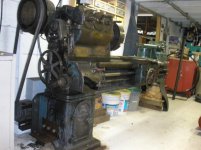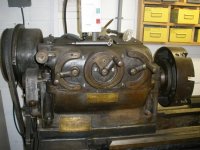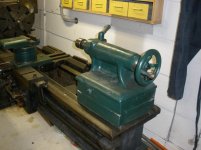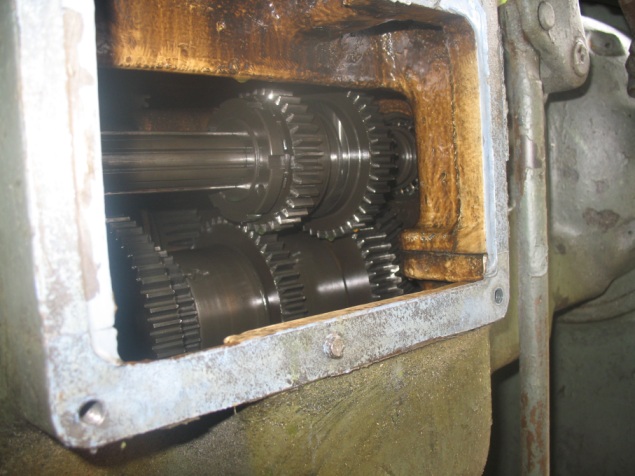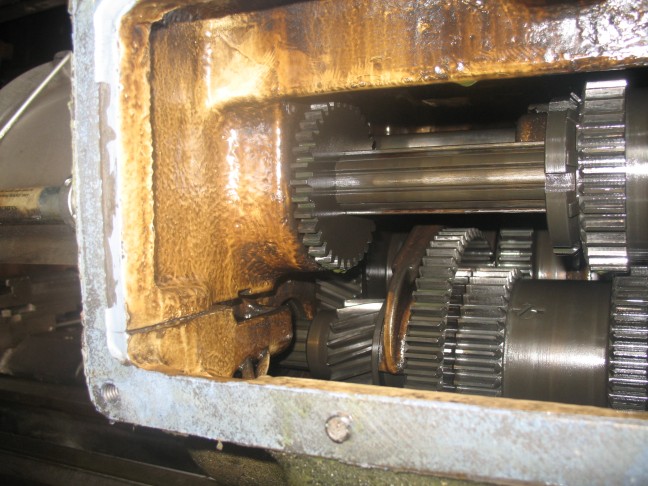Greetings all. This is my first post though I have been reading here for a few months. Lots to learn here for sure and thanks to all for advise etc. I found an old Monarch that I am interested in (pre 1929) that is under power w/ single phase 240 v. I am going to look at it soon, but my quesion is this; Any advise on what this old girl may be worth. Comes with 4 jaw chuck, taper attachment, live center, lantern tool post and 3 or 4 tool holders.
Also is it possible to adapt this machine to turn metric threads.
Well it won't let me attach a pic.
Also is it possible to adapt this machine to turn metric threads.
Well it won't let me attach a pic.
Attachments
Last edited:


